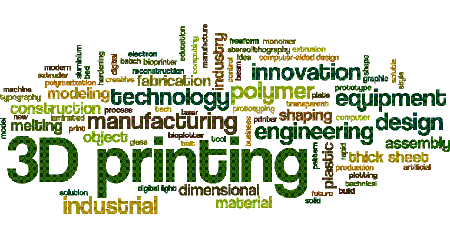The 3D printing for lighting research program at Rensselaer’s Lighting Research Center recently revealed its prototype of a 3D-printed interior wall for building construction. The wall was printed at the LRC laboratory with functional and decorative features, including the mechanisms required for lighting, with the aim of creating a cohesive, whole-system interior architecture that integrates all required electrical, mechanical, and thermal components.
Many industries, including building construction, aerospace and automotive, have begun to investigate the use of 3D printing and the possible advantages for their products and services.
“3D printing offers many benefits over traditional processes in the building construction industry,” said LRC director of research Nadarajah Narendran, Ph.D. He said the expectation is that 3D printing will help construct buildings faster, cheaper, and more accurately, reducing the time and cost for new construction and renovation.
Having walls printed on demand and on or close to the construction site can offer a cost-effective and sustainable solution for custom features.
“Because these walls can be printed with the electrical, mechanical, and HVAC services all integrated, this reduces the labor-intensive interior finishing process and allows for collaboration upfront to construct a custom finished product on time with minimum waste,” said Dr. Narendran.
In terms of lighting, 3D printed walls allow custom lighting to be integrated from the start rather than added-on at the end from a limited catalog selection of lighting fixtures that may or may not suit the building’s interior. And because 3D-printed products are created through computer-aided design models, wall designs can be easily modified as needed to meet different codes, standards, and aesthetics requirements.

 Contaminants Under Foot: A Closer Look at Patient Room Floors
Contaminants Under Foot: A Closer Look at Patient Room Floors Power Outages Largely Driven by Extreme Weather Events
Power Outages Largely Driven by Extreme Weather Events Nemours Children's Health Opens New Moseley Foundation Institute Hospital
Nemours Children's Health Opens New Moseley Foundation Institute Hospital Code Compliance Isn't Enough for Healthcare Resilience
Code Compliance Isn't Enough for Healthcare Resilience Ribbon Cutting Marks First Phase Completion for New Montefiore Einstein Facility
Ribbon Cutting Marks First Phase Completion for New Montefiore Einstein Facility